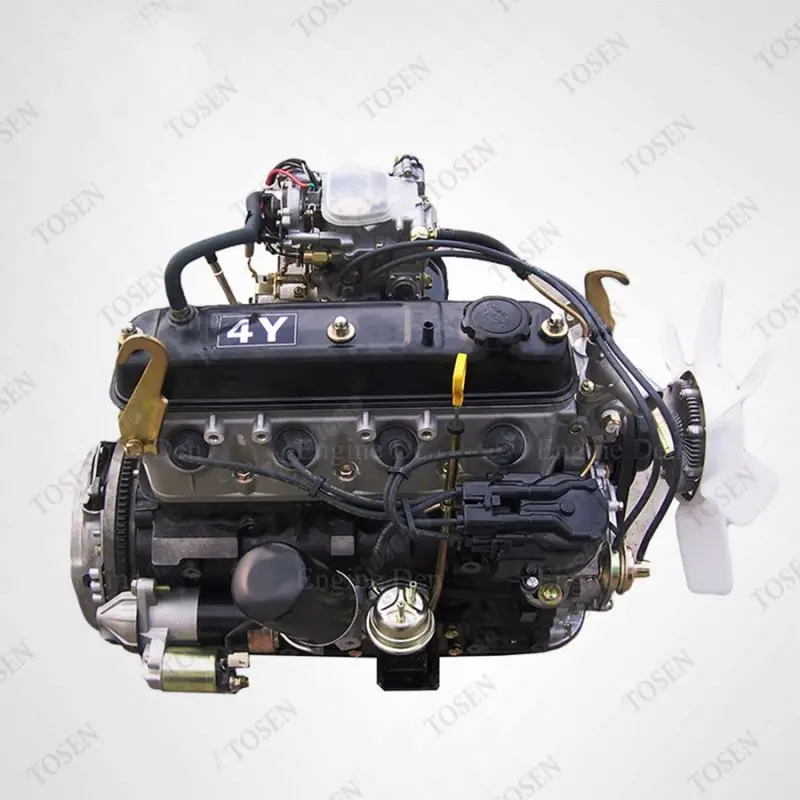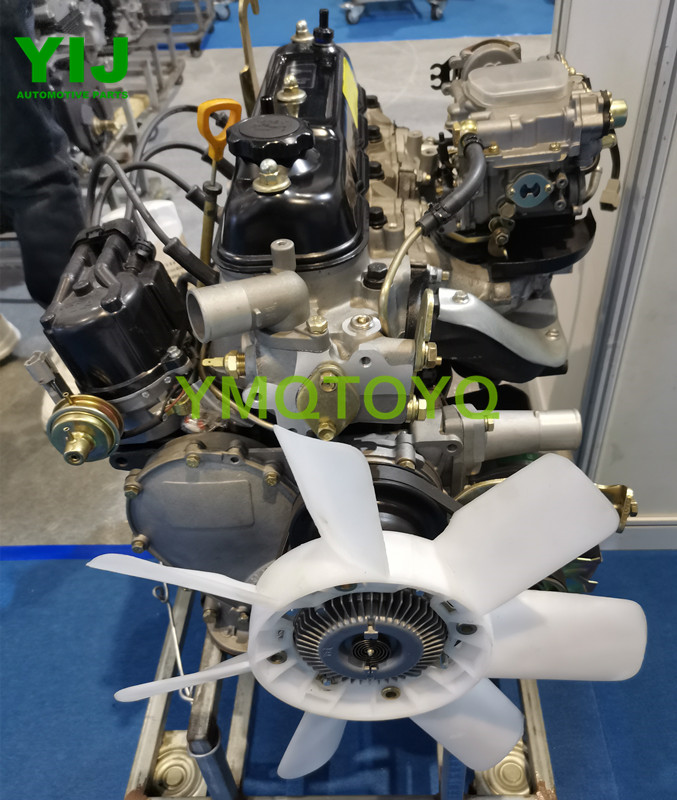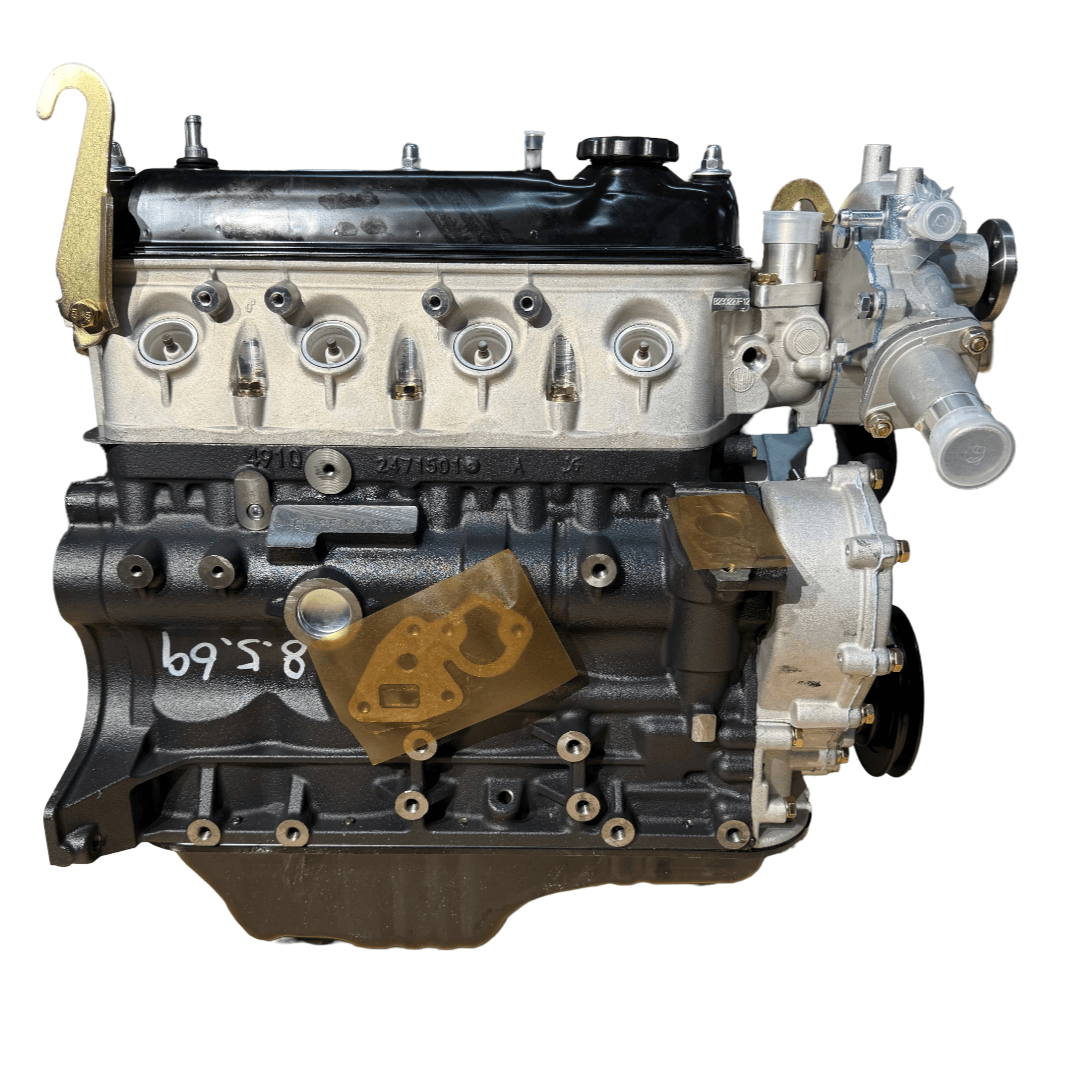Exploring the Different Sorts Of Engine: Which One Fits Your Requirements?
Inner burning engines continue to dominate due to their integrity, while electric engines are gaining grip for their sustainability. Crossbreed engines provide a versatile concession, and diesel engines stand out for their power in demanding applications.

Inner Burning Engines
Internal burning engines (ICEs) are the backbone of modern-day transport, powering a vast range of cars from autos to aircrafts. These engines operate the concept of transforming fuel right into power via a series of regulated explosions within a burning chamber. The most usual sorts of ICEs consist of gasoline engines, diesel motor, and rotary engines, each made to meet details performance and performance needs.
Fuel engines usually make use of stimulate ignition, while diesel motor rely on compression ignition, leading to distinctive differences in gas efficiency and power outcome (4y engine). Rotating engines, or Wankel engines, offer a small layout and smooth operation, however are much less typically utilized in mainstream applications
ICEs have actually gone through substantial advancements in innovation, consisting of the introduction of turbocharging and fuel injection systems, which improve total efficiency and performance. Regardless of their efficiency improvements, ICEs deal with raising scrutiny due to their environmental effect, specifically regarding greenhouse gas discharges. As the vehicle sector evolves, the future of ICEs remains a topic of argument, stabilizing efficiency, performance, and ecological considerations. They proceed to play a crucial role in global transportation infrastructure.
Electric Engines
As worries regarding environmental sustainability and fossil fuel dependency expand, electrical engines have arised as an engaging alternative to internal burning engines. These engines use electrical motors powered by batteries or fuel cells, supplying a cleaner and more effective motive powers.
One of the primary benefits of electric engines is their reduced exhausts. Unlike typical engines that shed fossil fuels, electrical engines create zero tailpipe exhausts, dramatically reducing air pollution and adding to enhanced public health and wellness. Additionally, the effectiveness of electrical motors frequently surpasses that of interior combustion engines, transforming a higher percentage of energy from the source of power into usable power for movement.
Electric engines are likewise noteworthy for their silent operation, making them ideal for metropolitan environments. 4y engine. The simpleness of their design leads to less moving components, which can result in lowered maintenance expenses and increased dependability over time
Nevertheless, challenges stay, consisting of battery production effects, billing facilities, and array limitations. In spite of these difficulties, the growing financial investment in electric car modern technology and renewable resource resources points toward an encouraging future for electrical engines, positioned to play a crucial role in the shift towards sustainable transportation.
Hybrid Engines
Mixing the benefits of both standard and electrical inner combustion engines, hybrid engines represent a flexible option in the pursuit for efficient and sustainable transportation. These engines integrate a gas or diesel motor with an electrical motor, enabling improved fuel efficiency and decreased discharges contrasted to standard vehicles.
Hybrid engines run in several modes, making use of the electric motor for low-speed driving and the interior burning engine for greater speeds or when more power is needed. This dynamic operation not only enhances fuel economy but also contributes to a smoother driving experience. Regenerative braking is another crucial feature, capturing energy typically shed throughout stopping and rerouting it to charge the battery.

As customers progressively prioritize eco-friendliness, crossbreed engines stick out as a useful selection, using an effective equilibrium of performance, efficiency, and ecological responsibility. This flexibility makes them appropriate for urban travelling and long-distance travel alike.
Diesel Motor
Efficiency and power are characteristics of diesel engines, which have actually long been favored for their effectiveness and fuel economic situation. These engines operate on the concept of compression ignition, where air is compressed to a heat before gas is injected, sparking it without the need for stimulate plugs. This procedure allows diesel motor to achieve greater thermal efficiency compared to fuel engines, translating right into better fuel gas mileage and lower carbon dioxide exhausts.
Diesel motor are specifically well-suited for durable applications such as vehicles, buses, and commercial equipment, where torque and resilience are vital. Their layout generally includes more powerful parts to hold up against the higher pressures generated during operation, causing longer solution life try this out and minimized upkeep expenses.

Alternative Gas Engines
While diesel motor have lengthy dominated the landscape of heavy-duty source of power, different fuel engines are gaining grip as feasible choices for a more lasting future. These engines use a variety of gas, such as pressed natural gas (CNG), hydrogen, lp, and ethanol, intending to minimize greenhouse gas emissions and dependence on fossil gas.
One significant benefit of alternate gas engines is their prospective to lower carbon impacts. CNG engines emit less pollutants contrasted to traditional diesel engines, making them appropriate for urban transportation systems and fleets looking for to improve air top quality. Ethanol, obtained from biomass, not just reduces exhausts but likewise sustains agricultural economic situations.
Hydrogen fuel cells represent a cutting-edge advancement in this world, offering zero-emission power with a chain reaction Go Here between hydrogen and oxygen. Challenges such as facilities growth and manufacturing costs stay challenges to prevalent fostering.
Conclusion
Finally, choosing the ideal engine type necessitates cautious consideration of certain demands and choices. Internal combustion engines provide dependability, while electrical engines focus on sustainability and reduced maintenance. Hybrid engines incorporate the benefits of both, enhancing efficiency, whereas diesel engines supply premium power and index torque for sturdy applications. Different gas engines existing environmentally friendly options, albeit with potential infrastructure challenges. Ultimately, an extensive evaluation of driving practices and environmental values will facilitate an informed choice pertaining to engine option.
Crossbreed engines use a versatile compromise, and diesel engines stand out for their power in requiring applications. The most typical types of ICEs consist of fuel engines, diesel engines, and rotary engines, each designed to fulfill certain performance and efficiency demands.
Unlike standard engines that burn fossil gas, electrical engines produce absolutely no tailpipe discharges, substantially lowering air contamination and contributing to improved public wellness.Hybrid engines run in a number of settings, using the electric motor for low-speed driving and the interior combustion engine for greater speeds or when even more power is needed. Crossbreed engines combine the benefits of both, improving performance, whereas diesel engines supply superior power and torque for sturdy applications.